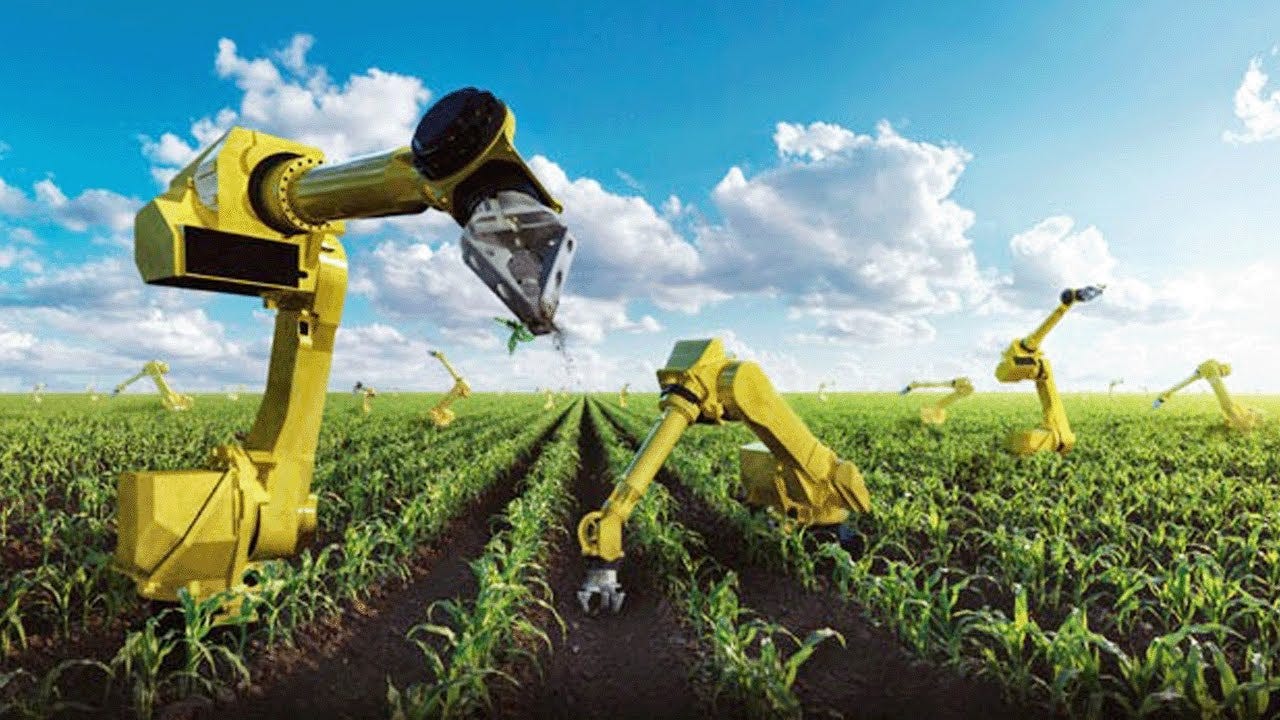YETRAC
The Growing Agricultural Robotics Market
The Growing Agricultural Robotics Market
The agricultural sector is undergoing a transformation driven by technological advancements, and one of the most notable developments is the rise of agricultural robotics. These robots are revolutionizing farming practices by automating various tasks traditionally performed by human labor. As a result, the agricultural robotics market is experiencing rapid growth, with significant implications for farmers, agribusinesses, and the global food supply chain.
Key Drivers of Growth
Labor Shortages
Agricultural labor shortages, exacerbated by factors such as urbanization, aging farm populations, and changing migration patterns, are driving the adoption of agricultural robots. These robots offer a solution to the challenge of securing reliable and cost-effective labor for farm operations.
Efficiency and Productivity
Agricultural robots enable precise and efficient farming practices, leading to increased productivity, yield optimization, and resource efficiency. By automating tasks such as planting, harvesting, weeding, and crop monitoring, these robots help farmers streamline operations and achieve higher output with fewer resources.
Technological Advancements
Advances in robotics, artificial intelligence, machine learning, sensors, and data analytics have facilitated the development of sophisticated agricultural robots capable of performing complex tasks with accuracy and precision. These technological innovations have expanded the scope of applications for agricultural robots and enhanced their performance and capabilities.
Environmental Sustainability
Agricultural robots contribute to environmental sustainability by enabling precision agriculture practices that minimize chemical usage, reduce water consumption, and mitigate soil erosion. By precisely targeting inputs based on real-time data and crop requirements, these robots support sustainable farming practices and environmental stewardship.
Market Demand and Investment
Growing demand for food due to population growth, changing dietary preferences, and increasing urbanization is driving investment and innovation in the agricultural robotics market. Venture capital funding, government support, and strategic partnerships are fueling research and development efforts and accelerating the commercialization of agricultural robots.
Market Segments and Applications
The agricultural robotics market encompasses a diverse range of robots designed for specific farming tasks and applications, including:
Harvesting Robots
Automated harvesters equipped with robotic arms and vision systems for picking fruits, vegetables, and specialty crops with speed and precision.
Weeding Robots
Autonomous or semi-autonomous robots that identify and remove weeds from fields using mechanical, thermal, or chemical methods, reducing the need for herbicides.
Planting and Seeding Robots
Robotic systems capable of planting seeds, seedlings, or transplants with accuracy and uniformity, optimizing crop establishment and spacing.
Monitoring and Surveillance Robots
Unmanned aerial vehicles (UAVs) or ground-based robots equipped with sensors and cameras for monitoring crop health, detecting pests and diseases, and assessing field conditions.
Challenges and Opportunities
While the agricultural robotics market holds immense potential, several challenges must be addressed to realize its full benefits, including:
Cost
High upfront costs and ongoing maintenance expenses can be barriers to adoption for small and medium-sized farms.
Integration
Seamless integration of robotics with existing farm infrastructure, equipment, and management systems requires technical expertise and support.
Regulatory and Safety Compliance
Compliance with regulations governing robotics, labor, safety, and data privacy presents legal and logistical challenges for manufacturers and users.
Skill Gap
The need for skilled operators, technicians, and agronomists capable of managing and maintaining agricultural robots underscores the importance of training and education initiatives.
Despite these challenges, the agricultural robotics market presents significant opportunities for innovation, collaboration, and growth. By addressing key market trends, investing in research and development, and fostering partnerships across the value chain, stakeholders can unlock the full potential of agricultural robotics and contribute to the advancement of sustainable and resilient food production systems on a global scale.

